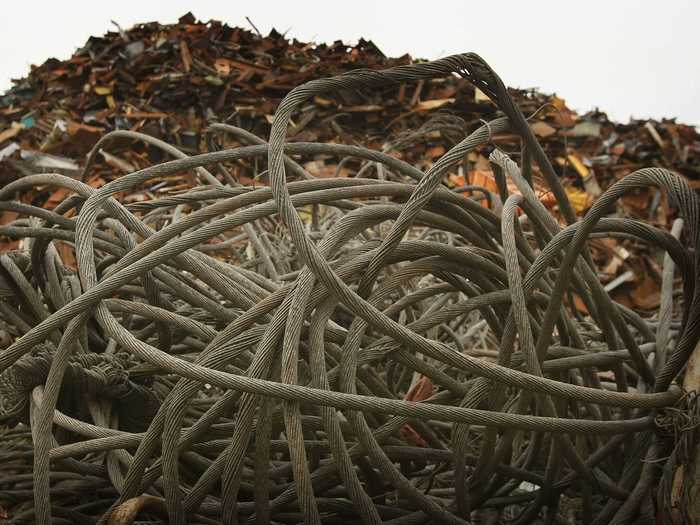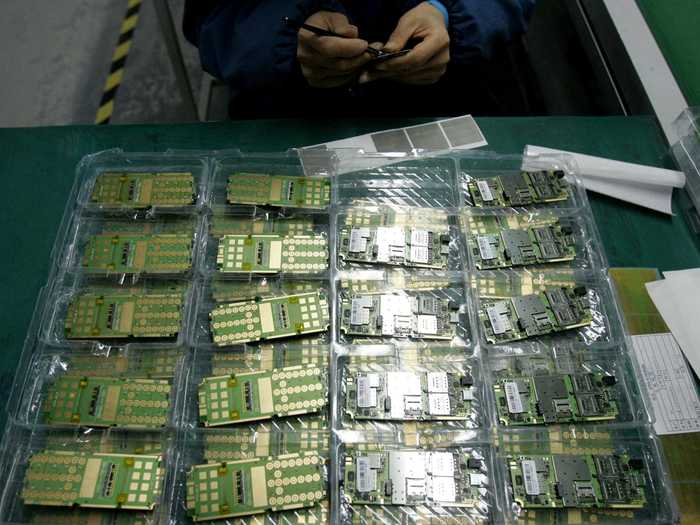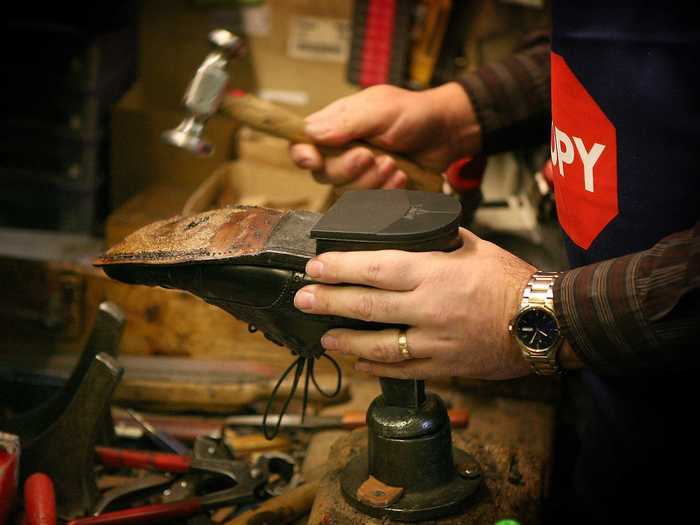10 American Industries That Will Be Destroyed In The Next Decade
10. Miscellaneous manufacturing

9. Textile mills and textile product mills

Number employed in 2012: 234,600
Number projected in 2022: 183,100
Percent decline: 21.8%
Why: U.S. textile mills began to close decades ago, and that trend hasn't reversed. It's much cheaper for companies to outsource textile production to other countries than to pay employees at home.
8. Hardware manufacturing

Number employed in 2012: 25,000
Number projected in 2022: 19,400
Percent decline: 22.4%
Why: Hardware products are typically used in the manufacturing of other items like cars and furniture. Demand for those products collapsed during the recession, and the hardware industry still hasn't recovered, especially with an influx of competitively priced imports.
7. Newspaper, periodical, book, and directory publishers

Number employed in 2012: 451,800
Number projected in 2022: 346,800
Percent decline: 23.2%
Why: E-books, smartphones, tablets, computers, and the Internet are destroying print media. Publishers and editors alike are trying to figure out how to get consumers to pay for content they can find for free online.
6. Spring and wire product manufacturing

Number employed in 2012: 41,600
Number projected in 2022: 31,300
Percent decline: 24.8%
Why: This industry was another one that suffered in the recession. Factories closed and jobs were slashed or moved to cheaper facilities abroad. Plunging domestic auto manufacturing and homebuilding didn't help, either, as overall market demand sank.
5. Computer and peripheral equipment manufacturing

Number employed in 2012: 158,600
Number projected in 2022: 118,700
Percent decline: 25.2%
Why: Like so many other manufacturing sectors, companies in this industry continue to move jobs and plants overseas. High-end products are still made in the U.S., but the bulk of cheap and mass-produced items have moved away from home.
4. Postal Service

Number employed in 2012: 611,200
Number projected in 2022: 442,100
Percent decline: 27.7%
Why: The Postal Service has struggled ever since email caught on. The USPS is hoping that cost-cutting measures and growth in e-commerce deliveries will bolster its revenues, but that largely remains to be seen.
3. Communications equipment manufacturing

Number employed in 2012: 109,500
Number projected in 2022: 78,600
Percent decline: 28.2%
Why: Product innovation and design still takes place in the U.S., but the actual production of this equipment (TVs, radios, cell phones, etc.) is typically outsourced to countries with lower wages such as Mexico and China.
2. Leather and allied product manufacturing

Number employed in 2012: 29,400
Number projected in 2022: 18,500
Percent decline: 37.1%
Why: Most of the world's consumers of leather and hides are located overseas, which makes for an extremely weak domestic market. U.S. tanners and leather makers depend on the ability to export their products and the trade agreements governing the practice.
1. Apparel manufacturing

Number employed in 2012: 148,100
Number projected in 2022: 62,300
Percent decline: 57.9%
Why: Last time you checked the label, how many of your clothes were made in the U.S.? Similar to textile production, most of apparel manufacturing now takes place overseas. That helps companies cut costs and keep garments cheap for consumers.
Now see what's expected to take off:

Popular Right Now
Popular Keywords
Advertisement